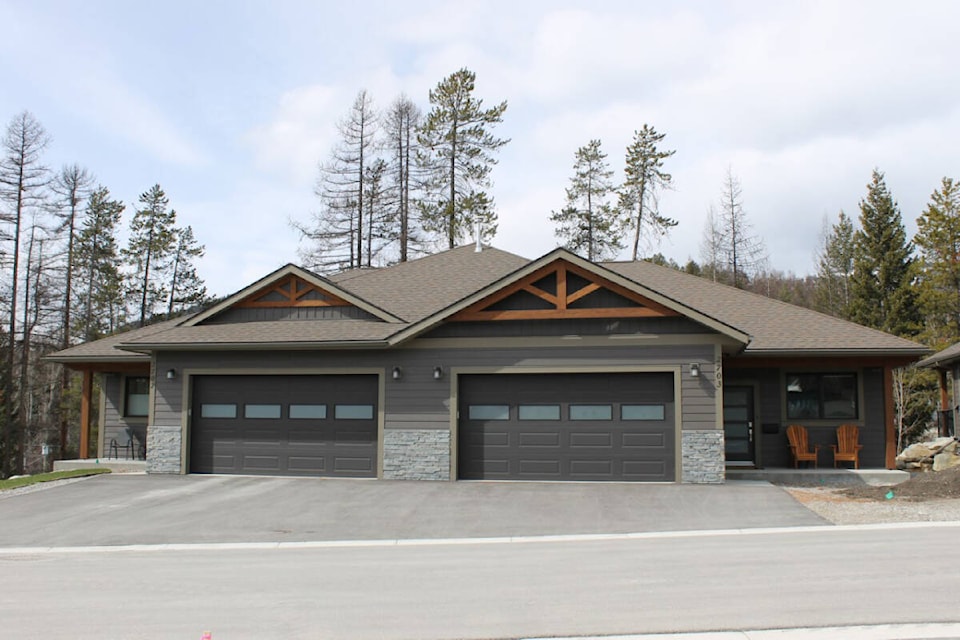Kimberley’s Tyee Homes has recently completed a new development that reached the highest level of the B.C. Energy Step Code, with FortisBC saying they’ve “set a new bar for energy efficiency in residential construction.”
The home is located within a seven-unit duplex development here in Kimberley and achieved a Step 5 of the Energy Step Code. To do this Tyee incorporated passive solar design, high-level airtightness and a high-efficiency natural gas combination space and water heating system.
Tyee has been designing and building homes in the East Kootenay for over 15 years and achieve high Energy Step Code levels in all their homes. This home achieved a Step 5, and the rest of the units in the duplex development achieved Step 4.
Fortis said that a case study of this home in addition to other similar cases from around the province will help inform other builders on how they can reach those higher step code levels and work towards achieving climate action goals.
“The Kimberley project will really help move us forward in understanding the best approaches for energy-efficient residential construction, especially given its location in one of B.C.’s colder regions,” said Tanya Rumak, program manager, conservation and energy management at FortisBC.
“Continuing to improve the energy efficiency of new construction, along with the work we are doing to decarbonize the gas system, means that our customers have more options available in how to achieve climate reduction goals.”
Tyee got involved with this case study by working closely with an energy advisor to add passive solar design as well as high-level airtightness. They achieved air tightness levels of around 0.7 changes per hour, with an equivalent leakage area of approximately 5.2 inches by 5.2 inches. By comparison, the equivalent leakage area in a typical Step 3 home is around 12.5 inches by 12.5 inches.
“We’re extremely passionate about providing quality energy-efficient homes for our customers,” said Carl Lauren, owner of Tyee Homes. “Many of our customers are looking for homes that are more environmentally friendly and less expensive to operate. They enjoy the comfort of natural gas for space and water heating, and like that the equipment can be used with renewable energy sources to help reduce greenhouse gas emissions.”
Tyee plans to continue working with an energy advisor on their builds to learn more ways to achieve Step 5 in all of their units.
FortisBC supports builders with financial incentives, primarily through their New Home Program, to encourage them to strive towards meeting and exceeding B.C. Building Code requirements. They’ve also completed similar studies with builders in Campbell River, Quesnel, Maple Ridge and North Vancouver.
“Working together with builders has helped create a better understanding of the tactics needed to reduce the total energy requirements of new homes across different regions of the province,” FortisBC said in a press release.
The B.C. government has said that by 2032 all new Part 9 residential buildings will achieve Step 5 and meet net-zero energy ready requirements. Case studies such as this assist in meeting that target.
